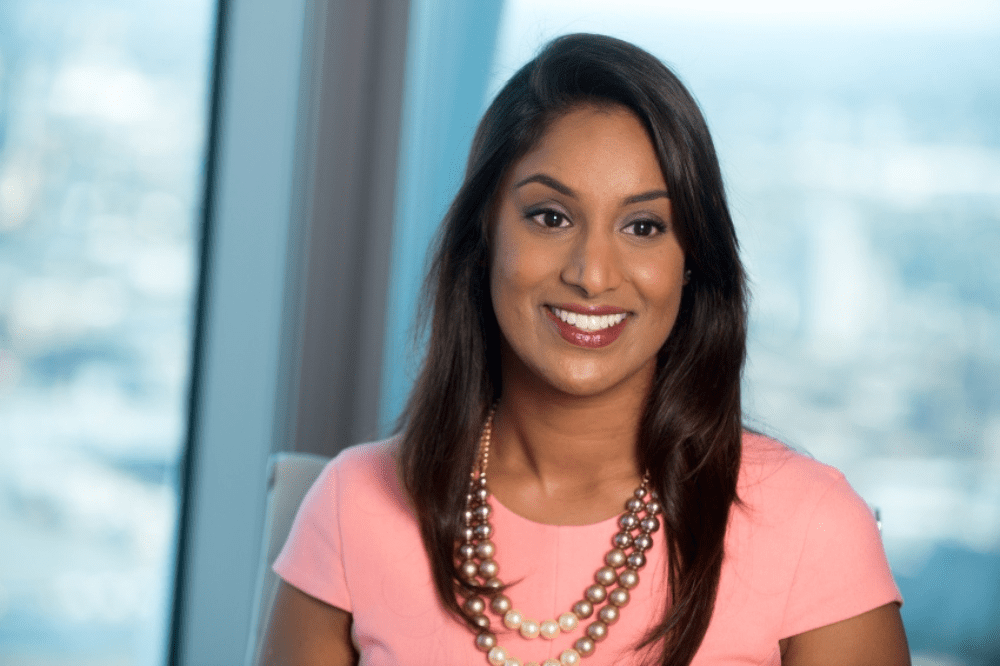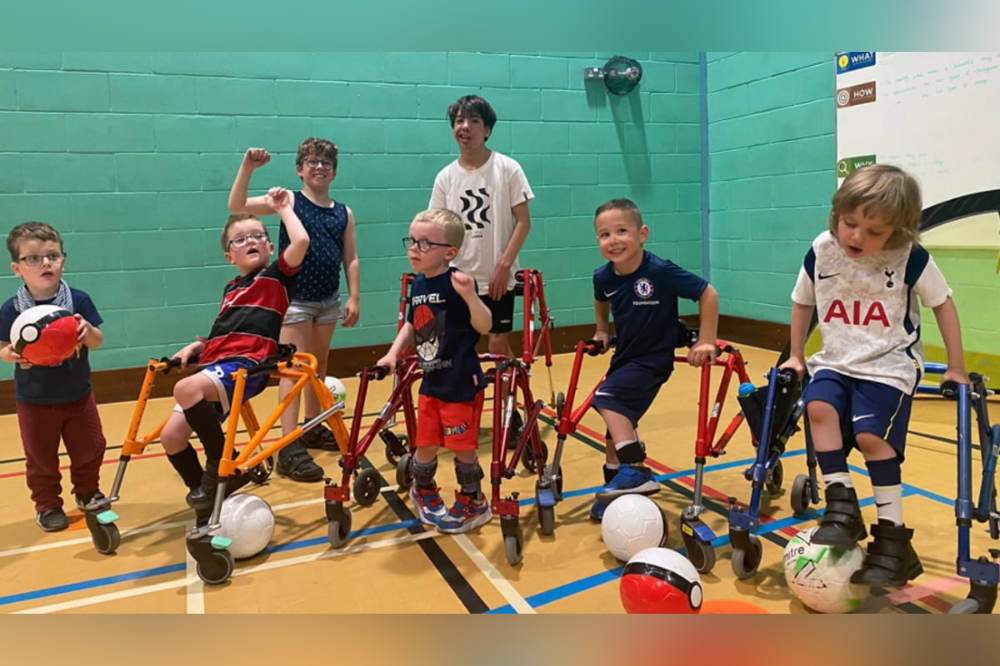Narrator 1: [00:00:05] Welcome to IB Talk, the leading podcast for the insurance industry across the UK and Ireland brought to you by Insurance Business.
Mia: [00:00:13] This episode is presented in partnership with Travelers Europe. In the latest episode of IBUK Talk, James Graham, director of Professional Indemnity at Travelers Europe, joins us to discuss what questions need to be answered to ensure the best PI coverage for legal clients today. Hello and welcome to the latest edition of IB Talk. The Insurance Industry Podcast brought to you by Insurance Business. My name is Mia Wallace, senior news editor at Insurance Business UK. And today I’m joined by James Graham, director of Professional Indemnity at Travelers Europe, to dig into the conversations required to ensure the best coverage for legal clients today. Many thanks for joining me here today, James.
James: [00:01:07] Thank you for having me.
Mia: [00:01:09] Absolutely my pleasure. And to start us off here today, it would be great to know a little bit about you and your role at Travelers Europe.
James: [00:01:15] Yeah. So I am the director of Professional Indemnity at Travelers Europe and I am responsible for both our solicitors and professions business in terms of underwriting strategy, broker and client engagement.
Mia: [00:01:29] Fantastic. I can imagine that’s a role that keeps you incredibly busy, particularly at the moment.
James: [00:01:33] Yes, it is.
Mia: [00:01:34] Especially interesting, one, given that it’s subject to such rapid changes and evolutions. And I just wonder, could you give me an overview of where the PI market currently stands?
James: [00:01:44] Of course. So I think it’s fair to say that the market has been for a period of correction over the past four years. Well, that is a long time in anyone’s book. That period of correction comes on the back of what has been two decades of softening within the market that led to policies being written at an unsustainable rate. At the start, the correction was driven by a sustained deterioration in both the frequency and severity of claims, and that was witnessed across pretty much all areas of legal practice. This produced an underwriting environment that proved untenable for some markets, and we saw exits from the class entirely on the one hand, or significant changes in underwriting approach in the appetite, whether that be in relation to deployment of limits, more stringent underwriting criteria being applied or restrictions in cover or even or premium increases that we saw with the rate. Rate increases and lost activity continued through that period of correction. But finally, towards the back end of 2021, a Traveler’s Europe, we started to see signs of stabilization in claims activity. This is not to say that the loss, frequency or severity has gone away because it certainly hasn’t. It’s just that we didn’t see a continuing worsening of loss experience across our portfolio. What that meant was that the premiums were finally starting to tackle some of the losses from the prior years and to start offsetting some of the suppression that we experienced from two decades of softening rates. And there’s been considerable uncertainty over the past four years in the form of Brexit covered conflicts such as the war in Ukraine, economic uncertainty and the levels of inflation that haven’t been seen for the past 40 years with the potential of a recession, recession on the horizon. As such, we’re not out of the woods yet and still have some way to go before we can consider the PI environment to be stable. And the uncertainty that we’re seeing is market wide. And where we do see some competition, it’s generally infrequent and within pockets of sort of specialist areas, and that’s from existing markets opposed to new entrants coming into the PI market. So the environment still remains pretty volatile.
Mia: [00:04:14] Fantastic. Thank you for that. And with so much happening in the space, I can imagine that clients are facing significant challenges at this time and going with a rule of three. What do you see as the top three concerns or emerging risks that you’re hearing about from clients?
James: [00:04:29] And so I think that the top three things would probably be. Inflation. I guess with mounting financial pressures created by the rise of inflation, coupled with the ongoing impacts of COVID-19 and Brexit. Inflation is expected to rise to 10% by the end of the year. Within the UK and similar levels expected across the world, which is impacting us in terms of claims, inflation and fees and also premium. So it’s it’s a significant area of interest for ourselves and our clients at the moment. And with this, there will inevitably be an uptick in litigation, thus causing an increase in work volumes for law firms and the potential for an increase in errors and delays. With our clients facing financial difficulty and firm billing rates set to increase. A rise in the challenge to fee bills can also be expected. And in effect, at this moment in time, we would need to match inflation rates in order to, in terms of premium, just to stand still. So that’s that’s the key. One of the key issues the moment another one, which is sort of over the last few years as a result of sort of the pandemic with people working from home is well being. So we’re continuing to talk to our clients about staff wellbeing and in fact law firms and how they’re sort of looking to address what is now widely recognized and openly accepted as a as an issue for law firms, particularly in light of various market wide reports such as the recent one by law care, that identified that 69% of the people that completed the survey in the last year had experienced mental ill health. And the third is probably sort of client selection and sanctions. And we’ve increased geopolitical tensions. This has meant that some firms are undergoing more scrutiny over their new and existing client due diligence. And indeed, insurers are asking more questions and undertaking deeper dives when potential sanctions exposures are identified. This is unlikely to affect the average high street firm. However, we have received a few referrals with from smaller firms seeking to act on clients with a Russian nexus. And we were keen to understand a keen in understanding the underwriting and coverage ramifications in doing so.
Mia: [00:07:04] Particularly in relation to that first challenge that you identified there. I can see it would be very helpful for clients and brokers alike to go into PI insurance conversations with an understanding of what insurance are looking for from them. So what is it that insurers want to know about?
James: [00:07:20] So really it’s I guess it’s understanding whether the clients do have any exposure in particular to the war in Ukraine. You know, whether there is exposure to Russian or Russian clients, it’s the type of work they’re doing with them. It’s making sure that the client due diligence is robust enough to identify any individuals that or companies that may be in any sanctions lists where sanctions applies to both our clients, brokers and ourselves. And it’s important that we do not fall foul of them.
Mia: [00:07:56] Absolutely. Zeroing in on the practicalities of solicitors PI, what advice can you offer clients, prospective clients with regards to proposal forming, submission, timings, etc.?
James: [00:08:07] So I think the key one is to really take care of your proposal form, ensure that it is legible. And you know, if you’re brokers, please try and help your clients to make their submission stand out and to demonstrate a firm’s approach to risk. It’s important that the submission is provided in good time, ideally sort of two months in advance of renewal and ensuring that any additional information that is provided is is supplied in a clear and concise format. And, you know, I think it’s important to try and tie back a firm’s approach to risk to some of the sort of hot topics that I mentioned previously, to do with well being sanctions or even new cyber threats.
Mia: [00:08:55] Fantastic. And what are some of the common mistakes that you see being made when it comes to applying and securing coverage?
James: [00:09:02] I think the mistakes we make are made that I’ve seen are really sort of simple administrative mistakes. For example, you know, not not fully completing a proposal form or not providing additional information where it is requested. You know, when proposal forms are provided last minute, there’s the your clients are at a disadvantage because there’s not enough time to fully review them and to understand the risks. You know, put up our best terms. As a broker, I think it’s important that you, in order to mitigate these issues, is to, you know, proofread proposals from clients. You know, give them examples of what’s a well put together submission would look like. But also, you know, stock brokers are fully aware of our appetite. So it’s, you know, making sure that submissions that are provided fit within appetite and those that may be borderline, you know, additional information is provided to help us to understand their business better. And then the other sort of key administrative bits is, you know, provide an up to date financials, up to date claims information and anything else that they feel could, you know, get the approach to risk and the type of firm that they are better across to us that would be helpful to.
Mia: [00:10:23] And given all the challenges sweeping the market at this time, and I can imagine that the supports and solutions that insurers are able to offer are really coming into their own. And what are some of the top ways travelers is able to support clients at this time?
James: [00:10:36] So we’ve got a very experienced and responsive underwriting team that willing to support our brokers in any way that we can. Whether that be meeting clients or by using our in-house claims team who are all legally trained. We also have an in-house risk management team who can help our clients with risk related issues. We have our own law firm, Travelers Legal, which obviously help our insureds defend claims and most recently sort of in tandem with our well being, which is such a hot topic at the moment. We have launched a claims well being service which is there to support our claimants that are obviously subject to the stresses of having to deal with, you know, a professional indemnity claims. That’s sort of an added value service that we provide as well.
Mia: [00:11:30] I can imagine you can see across the market that clients and brokers alike are responding extremely well to just the range of holistic services that Travelers Europe is able to offer.
James: [00:11:40] Yeah, I mean, it’s for us, it’s very important to sort of maintain a market leading position. It’s important that we have these sort of added value services that we think really bring benefit to our brokers and clients.
Mia: [00:11:54] That’s brilliant. And for those looking to find out a little bit more, more about those services and more about the coverage that Travelers Europe supplies, what’s the best way to get in contact?
James: [00:12:04] So the best way is either to contact myself my emails [email protected] or to speak to Donna Hurst. Alternatively, all inquiries can be sent through to [email protected]
Mia: [00:12:20] Well, thank you so much James, for such a clear and comprehensive breakdown of how to ensure the best PI coverage for legal clients. And thank you very much for your time today.
James: [00:12:30] Thank you. It’s been a pleasure.
Mia: [00:12:31] And thanks also to everybody for tuning in and I look forward to welcoming you next time here on IB Talk. Thank you for listening to this episode of IBUK Talk for more from James and the team at Travelers Europe, you can visit them at www.travelers.co.uk/industry-solutions/legal-sector-insurance. Thank you for listening to IB Talk. For the latest episodes, please be sure to follow us on SoundCloud, Stitcher and Apple Podcasts.















